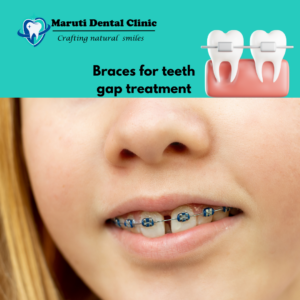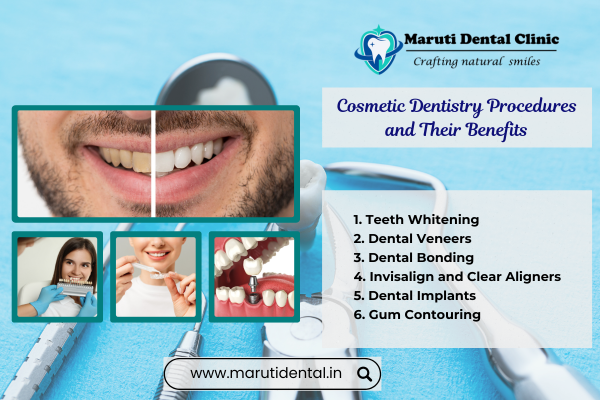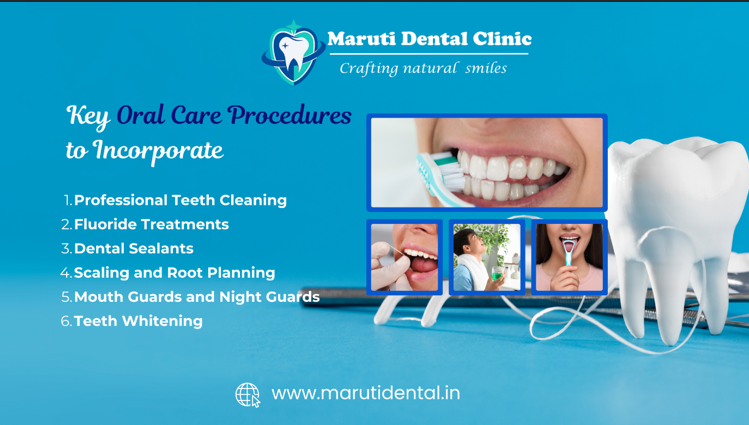A gap between the teeth, known as a diastema, can impact a person’s confidence and smile. While some people embrace their unique dental features, others seek teeth gap treatment to achieve a more aligned and aesthetic appearance. Whether your gap is caused by genetics, missing teeth, or habits like thumb-sucking, modern dentistry offers several effective solutions.
In this guide, we will explore the best treatments for teeth gaps, their benefits, and how you can achieve a confident, gap-free smile.
What Causes Teeth Gaps?
Teeth gaps can occur due to several reasons, including:
- Genetics: Some individuals naturally have gaps in their teeth due to inherited traits.
- Missing Teeth: If a tooth is missing, surrounding teeth may shift, creating a gap.
- Thumb-Sucking: This childhood habit can push front teeth forward, leading to spacing issues.
- Large Frenum: An oversized labial frenum (the tissue connecting the upper lip to the gums) can cause a gap between the front teeth.
- Gum Disease: Periodontal disease can lead to tooth movement, resulting in gaps.
- Mismatched Jaw and Teeth Size: When the jaw is too large for the teeth, gaps can form.
Which Treatment is Best for a Teeth Gap?
Choosing the best teeth gap treatment depends on the size of the gap, its cause, and personal preferences. Here are some of the most effective solutions:
-
Braces
Best for: large gaps, misalignment, and multiple spacing issues.
Orthodontic braces are a common and effective solution for closing teeth gaps. Traditional metal braces or clear ceramic braces gradually move teeth into their correct position, eliminating gaps over time. Invisalign, a modern alternative, uses clear aligners that offer a discreet way to close gaps without metal brackets.
Pros:
- Permanent and effective solution
- Corrects other alignment issues along with the gap
- Works for all age groups
Cons:
- Treatment can take several months to years
- Requires regular adjustments
2. Dental Bonding
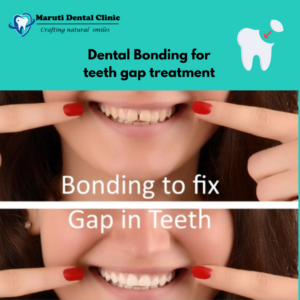
Best for: Small to moderate gaps and minor cosmetic concerns.
Dental bonding is a quick and cost-effective way to close small gaps. A tooth-colored resin material is applied to the teeth and shaped to fill the gap. The material is then hardened using a special light.
Pros:
- Painless and non-invasive
- Completed in a single visit
- Affordable compared to other treatments
Cons:
- Less durable than veneers or braces
- May require touch-ups over time
3. Invisalign:
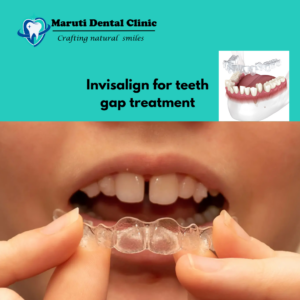
Best for: Cosmetic concerns, moderate gaps, and enhancing tooth alignment.
Invisalign, like tooth aligner, are clear, removable trays that gradually shift teeth into place. They provide a convenient and nearly invisible solution to closing gaps and correcting mild to moderate misalignment.
Pros:
Nearly invisible and discreet
Comfortable and removable
No dietary restrictions
Cons:
Requires consistent wear (20–22 hours per day)
May not be suitable for severe gaps
4. Dental Crowns
Best for: Gaps due to damaged or misshapen teeth.
Crowns cover the entire tooth, offering both functional and cosmetic benefits. They can be used to close gaps when adjacent teeth are damaged or too small.
Pros:
- Strengthens weak or damaged teeth
- Long-lasting results
Cons:
- More invasive than bonding or veneers
- Higher cost
5. Dental Implants or Bridges
Best for: Gaps caused by missing teeth.
If a gap exists due to a missing tooth, dental implants or bridges can effectively restore the space. Implants replace the missing tooth root with a titanium post and attach a prosthetic tooth, while bridges use adjacent teeth to support an artificial tooth.
Pros:
- Permanent solution
- Restores functionality and aesthetics
Cons:
- Requires surgery (for implants)
- Higher cost than other treatments
Which Option is Right for You?
The best teeth gap treatment depends on various factors, including:
- Size of the gap: Small gaps can be treated with bonding, while large gaps may require braces or veneers.
- Oral health: If you have underlying dental issues, such as gum disease, addressing those first is essential.
- Budget: Treatments vary in cost, with bonding being the most affordable and implants the most expensive.
- Time commitment: Braces take longer to show results, while veneers and bonding offer quick fixes.
Can Teeth Gaps Close Naturally?
In some cases, teeth gaps close naturally, especially in children as their permanent teeth come in. However, for most adults, gaps remain unless treated with dental intervention.
Maintaining Your Results
Once you undergo teeth gap treatment, it’s essential to maintain the results by:
- Practicing good oral hygiene
- Wearing a retainer if recommended after braces
- Avoiding habits that may cause gaps, such as tongue thrusting or nail-biting
- Visiting your dentist regularly for check-ups
Are There Any Risks Associated with Teeth Gap Treatments?
While most teeth gap treatments are safe and effective, some risks may include:
- Sensitivity: Bonding and veneers may cause temporary sensitivity.
- Discomfort: Braces and aligners can cause mild pain during adjustment periods.
- Maintenance Needs: Some treatments, such as veneers, require careful maintenance to prevent damage.
- Gum Health Issues: If gaps are due to gum disease, treatment must address the underlying condition first.
Conclusion
If a tooth gap is affecting your confidence, several teeth gap treatment options can help you achieve a perfect smile. Whether you opt for braces, bonding, veneers, or implants, consulting a dentist is the first step toward finding the best solution for your needs. Investing in your smile can boost self-esteem and improve your overall dental health, making it a worthwhile decision. With the right treatment and proper oral care, you can enjoy a confident, gap-free smile for years to come!
Ready to close the gap in your smile? Contact Maruti Dental Clinic today for expert Teeth Gap Treatment and a confident smile!

